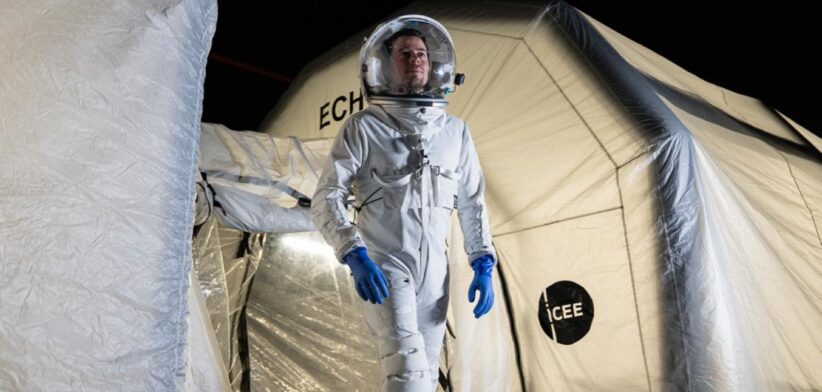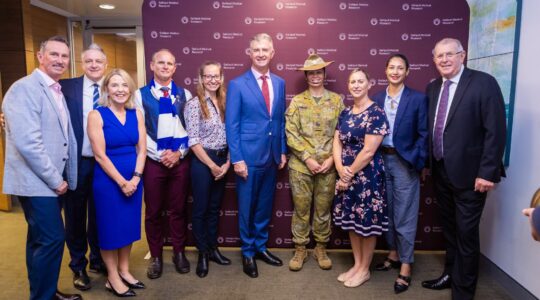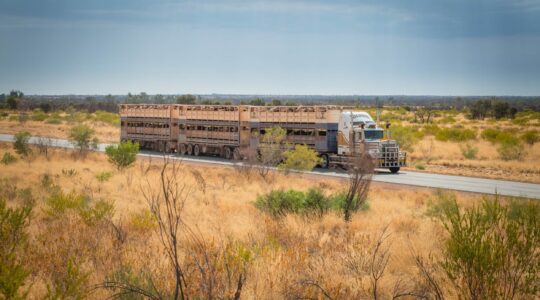Australia is in the middle of a two-week space mission involving 25 countries across the globe.
A team from the University of Adelaide and international space testing, research, and development start-up ICEE.Space are the Australian component of the largest proof of concept Space simulation mission.
University of Adelaide Associate Professor John Culton, Director of the Andy Thomas Centre for Space Resources (ATCSR), said the ADAMA Analogue Astronaut Mission, which runs until October 22, puts ground-based crews through their paces while performing space experiments.
Associate Professor Culton said the mission was part of the World’s Biggest Analog (WBA) where proof-of-concept missions are being carried out simultaneously around the globe at sites such as the USA, Austria, Poland and Brazil.
“It is the largest space analogue mission carried out in history and the only one simulating multiple outposts, making WBA the first of its kind,” he said.
It connects 16 analog Moon/Mars habitats across five continents and involves 200 scientists from 25 countries.
Associate Professor Culton said, in Adelaide, four analogue astronauts would crew a mission in a controlled environment at the University’s Extraterrestrial Environmental Simulation (Exterres) Covered Regolith Analogue Terrain for Experimental Research (CRATER) facility.
“The University’s Exterres CRATER facility is a research testing environment that simulates conditions on the Moon including the unique lighting experienced during the course of a lunar day.”
ICEE.Space Co-Founder Charlotte Pouwels said the group facilitated space exploration research with the provision of an analogue testbed in extreme environments on Earth.
“The ADAMA Mission integrates and inspires unprecedented levels of innovation with science and education and will showcase the unrivalled potential of international collaboration,” Ms Pouwels said.
“Analogue missions on Earth are used to test protocols, interventions, and new techniques before trying them in space.
“Research insights from Earth-based analogues help crews work more safely and productively in space. They also help prepare for future Moon and Mars-like analogues through research involving team dynamics, diagnosing and treating medical issues in space, and investigating other critical factors for analogue space exploration, including simulating potential hazards.”








